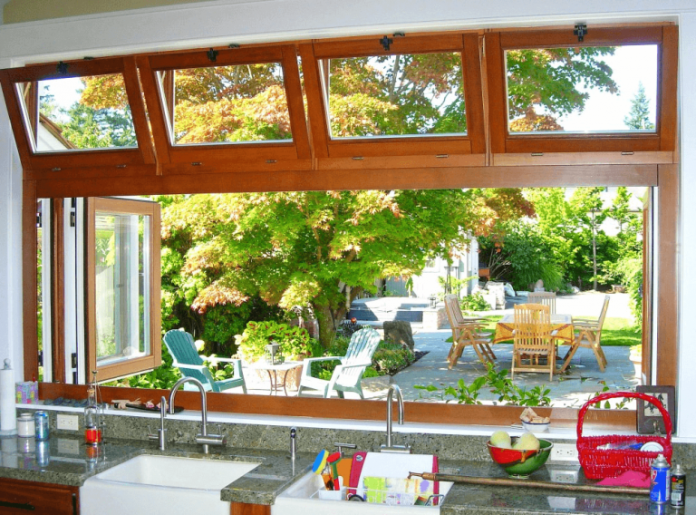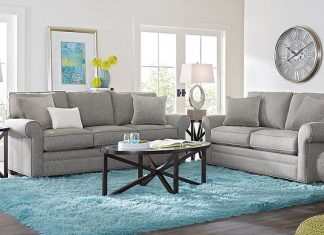In the United States, new regulations are set to come into force as early as next year concerning virtually all aspects of the HVAC industry. The US Department of Energy has laid down new regulations that set minimum energy efficiency requirements. The entire air conditioning and ventilation industry in the US is therefore gearing up for the impact of the updated regulatory framework, particularly in the commercial sector. Industry commentators have noted that the move comes just five years since the rules on cooling and ventilation were last tightened up.
Consequently, air conditioning installers and service companies throughout the US are having to update their inventory plans right now so they will be in a place to meet the new rules by the start of 2023. Interestingly, residential air conditioning and ventilation units will come under slightly different regulations depending on where in the country installers will be fitting them. Three regions now exist, the North, the Southwest and the Southeast. What does this move tell us about energy-efficient strategies for cooling and ventilation systems in the UK?
To begin with, British impact assessments on energy efficient standards connected to the ventilation industry were published as recently as December 2021. This was an offshoot of the government’s wider levelling up agenda and published by the department responsible for levelling up, housing and communities. Around this time, the UK government said that domestic cooling and ventilation system standards would fall under its wider Future Homes Standard plan, something that it had been consulting with housebuilders on for a couple of years. According to a press release issued by the Minister for Housing last year, all new homes constructed under the standard will need to be ‘highly energy efficient’. Essentially, this means that low carbon heating and cooling will be expected. Indeed, the statement went on to add that such homes should be ready for a zero carbon footprint by as soon as 2025.
Although much of the standard was connected to the way in which buildings of the future will be heated, ventilation and cooling come into the strategy, too. According to their statement, the government plans under the Future Homes Standard also include measures to tackle ventilation-based energy losses. More widely, the government says that a new requirement for additional ventilation will be required in public buildings, such as offices, gyms, commercial premises and retail centres. Along with a requirement for indoor air quality monitoring in what it terms ‘high-risk non-domestic buildings’, the government is clearly moving in the direction of imposing a greater onus on all new developments to be cooler and better ventilated than ever before.
Unlike the Department of Energy’s move in the US, however, the British regulatory framework is not entirely focussed on lowering the carbon footprint of cooling systems. Clearly as a result of the experience of the pandemic – which saw an airborne virus cause so much damage to usual life – the government wants more ventilation to help reduce the risk of what it refers to as ‘any potential infections’ being spread from person to person indoors. As such, the UK appears to be going down a twin-headed strategy that weighs public health concerns at the same time as attempting to deal with a more energy-efficient world.
In the UK, building regulations that cover ventilation are known as Parts L and F. The results of the government’s consultation on them are still not yet known and the most recent updates to these codes have not been substantial. Nevertheless, most cooling and ventilation firms in the country think that greater energy efficiency standards are bound to be the only viable outcome, following the lead the US has shown. According to TJ Refrigeration, a commercial air conditioning and refrigeration specialist based in Rochdale, the entire industry is already gearing up to meet the new requirements when they eventually come in. Whether or not there are specific rules for commercial kitchens, as some expect, remains to be seen. Nevertheless, new system installations for both homes and most commercial settings are likely to be greener and better for public health than ever before.
Some have pointed out that hybrid systems that blend cooling and ventilation systems are likely to be one of the best ways to reduce energy consumption in the sector. If so, it might be that the industry goes even further than the ever-tightening regulatory framework requires of it. After all, economics, not just energy efficiency, is a big driver in the market. As such, anything that lowers utility bills is likely to be just as sought-after by consumers as a drive towards a more carbon-neutral cooling and ventilation industry.















